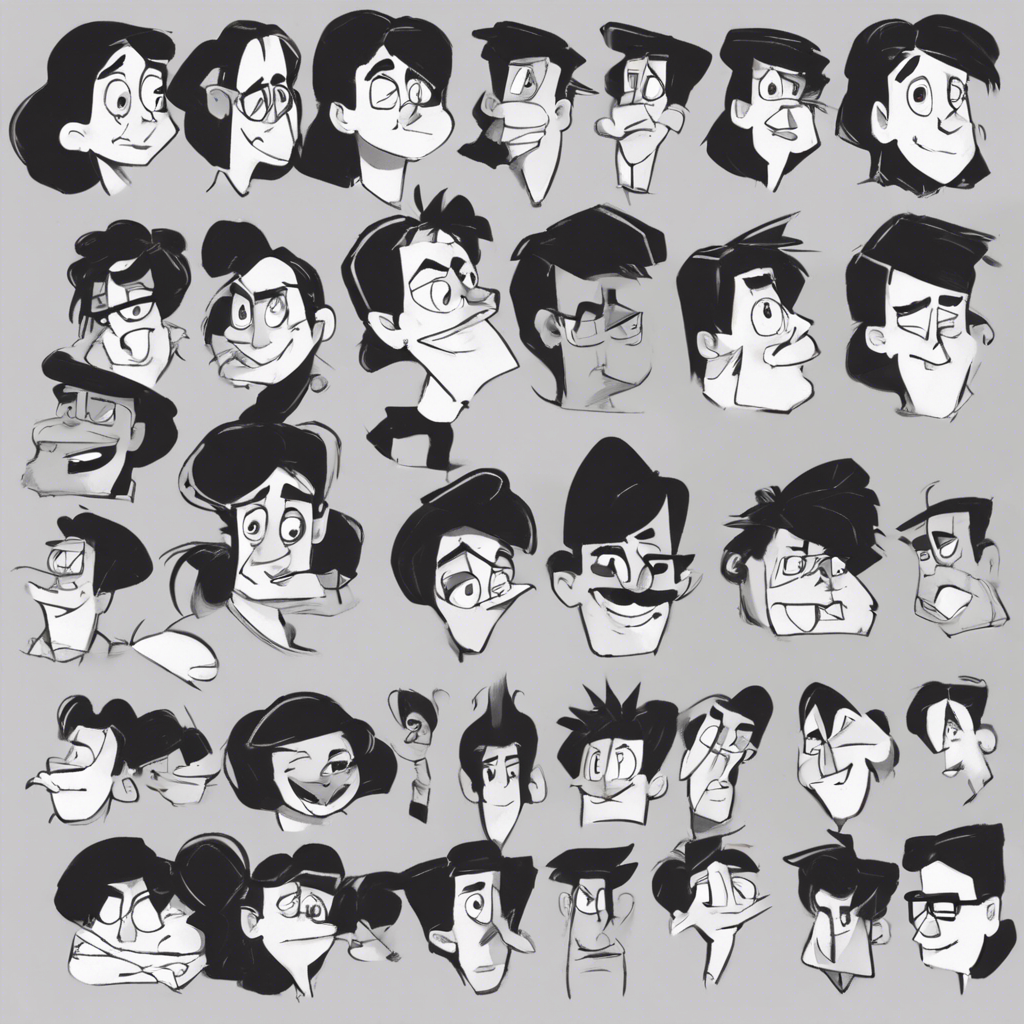Do animators draw every frame?
Do Animators Draw Every Frame?
Animation is a fascinating art form that brings characters and stories to life. It's a complex process that involves a lot of creativity, skill, and patience. One common question that often arises in discussions about animation is whether animators draw every single frame. In this article, we'll explore the intricacies of animation production and answer this question in detail.
The Basics of Animation
To understand whether animators draw every frame, it's essential to grasp the fundamental principles of animation. Animation is essentially a series of still images, or frames, played in rapid succession to create the illusion of movement. The more frames there are, the smoother the animation appears.
The standard frame rate for television animation is 24 frames per second (fps), while feature films typically run at 24 fps. However, some genres like cartoons and video games may use lower frame rates, such as 12 fps or even 8 fps, to achieve a specific style or reduce file size.
Traditional Animation
Traditional animation, also known as hand-drawn animation, was the primary method used before the advent of computer technology. In this process, animators literally draw every single frame by hand. They start with a storyboard, which is a series of sketches that outline the major scenes and actions in the sequence.
Once the storyboard is approved, the animators begin drawing each frame on clear celluloid sheets, called cels. They draw the background on one cel and the characters on another, which are then placed in order on a light table and photographed onto film. This process is repeated for each frame, creating a continuous sequence of images.
Given the labor-intensive nature of traditional animation, it's clear that animators indeed draw every frame in this method. However, there are techniques to reduce the workload, such as rotoscoping. Rotoscoping involves filming an actor performing the actions and using the footage as a guide to draw the frames. This technique was famously used in the creation of Disney's "Snow White and the Seven Dwarfs."
Computer Animation
With the advancement of technology, computer animation has become the dominant form of animation. This method uses computer software to create and manipulate 2D or 3D models, allowing for more complex and detailed animations.
In 2D computer animation, animators create vector graphics of characters and backgrounds. They then use the software to move these objects from one position to another, creating the illusion of movement. While the animators do not draw every frame from scratch, they still need to design the characters and backgrounds, and define the key poses and movements. The software then interpolates the in-between frames, but the animator must still review and adjust these frames as needed.
3D computer animation follows a similar process but with 3D models. Animators build 3D models of characters and environments, rig them with a skeleton, and then animate the models by moving the bones. Again, the software generates the in-between frames, but the animator must ensure the movement is correct and make necessary adjustments.
In-Between Frames
The concept of in-between frames is crucial to understanding how animation is created. These are the frames that occur between the key poses, which are the critical positions in an animation sequence. In traditional animation, these in-between frames were entirely drawn by hand.
In modern animation, software takes care of generating in-between frames, but the responsibility of the animator does not end there. Animators must ensure that the transition between key poses is smooth and natural. This often requires drawing additional frames or adjusting the automatically generated ones to achieve the desired effect.
Conclusion
In conclusion, while animators do not draw every frame in the same way they did in traditional animation, the essence of drawing every frame still exists in modern animation production. Whether it's through designing characters and environments, defining key poses, or adjusting in-between frames, animators are deeply involved in crafting each frame of an animation sequence.
The evolution of animation technology has significantly reduced the manual labor involved in creating animations, but it has not diminished the creativity and attention to detail required from animators. Whether through traditional or computer-aided methods, the goal remains the same: to tell a compelling story through the art of animation.
The process of animation is a testament to the dedication and skill of animators, who bring our favorite characters and stories to life frame by frame. Whether they draw every frame by hand or use modern tools to guide the process, animators play a crucial role in the magic of animation.
This article is ready to be copied and pasted as a blog post. It provides a comprehensive overview of the animation process, addressing the question of whether animators draw every frame in both traditional and computer animation. The content is structured into clear sections, making it easy for readers to follow and understand the intricacies of animation production.
Discover more from EMD
Subscribe to get the latest posts to your email.
